In recent years, with the continuous improvement of people’s living standards, changes in dietary structure and lifestyle, the incidence of high blood sugar, high blood pressure, high uric acid, high blood lipids and other wealthy diseases has become more and more high, especially people’s attention to high blood lipids. The degree is far from enough. Many people come to the hospital by accident to find out that dyslipidemia has been a long time. Can’t eat tofu with high blood lipids
According to current medical research, hyperlipidemia is a major risk factor for human atherosclerotic diseases, such as common atherosclerotic diseases, such as coronary heart disease, cerebral infarction and peripheral vascular thromboembolic diseases.
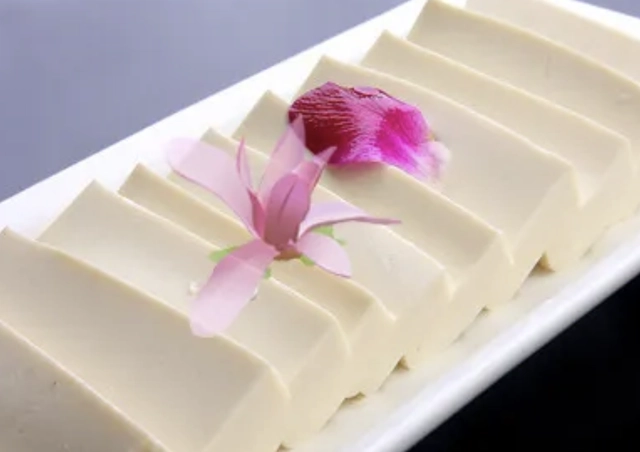


The incidence of these cardiovascular and cerebrovascular diseases is extremely high, the risk is extremely high, and the disease progression is dangerous, and the mortality rate accounts for about half of the total human mortality rate.
Early symptoms of hyperlipidemia
1. Xanthomas
Plaque or papular yellow nodules growing on the surface of the skin, gathering phagocytic lipid xanthoma cells, usually on the hands, feet or even the mouth, usually orange or brownish yellow, slightly raised, round nodules with borders clear.
2. Pale yellow ring spot
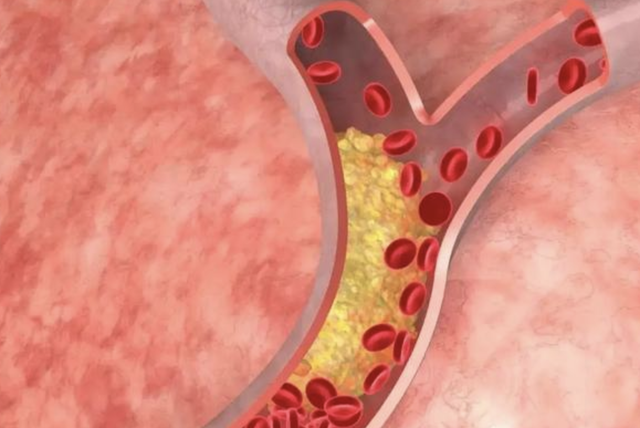


A circular white or yellow annular spot will appear around the cornea, initially the size of a grain of rice, slightly higher than the skin, and in severe cases covering the entire eyelid. The senile ring reflects the accumulation of cholesterol there, which is one of the symptoms of hyperlipidemia.
3. The small arteries of the fundus are yellow-white
Normally, the small arteries of the fundus are orange, but the small arteries in patients with hyperlipidemia will show yellow-white changes. This is because of the deposition of large granular lipoproteins in triglycerides, which is a characteristic manifestation of severe hypertriglyceridemia.
4. The earlobe is wrinkled
According to a study in the United States, 74% of patients with hyperlipidemia and coronary heart disease have wrinkled earlobes, that is, the skin in front of the earlobe is uneven, not smooth, and wrinkled. This symptom reflects malnutrition in the earlobe, increased blood lipids, and insufficient blood supply to the heart and brain.
Can’t eat tofu with high blood lipids?
We often say that diseases come from the mouth. Most diseases in the human body are caused by inattentive diet. Hyperlipidemia is no exception. When many people have dyslipidemia, they control their diet very strictly. It is rumored that patients with hyperlipidemia cannot eat tofu. Is there any scientific basis for such a statement?
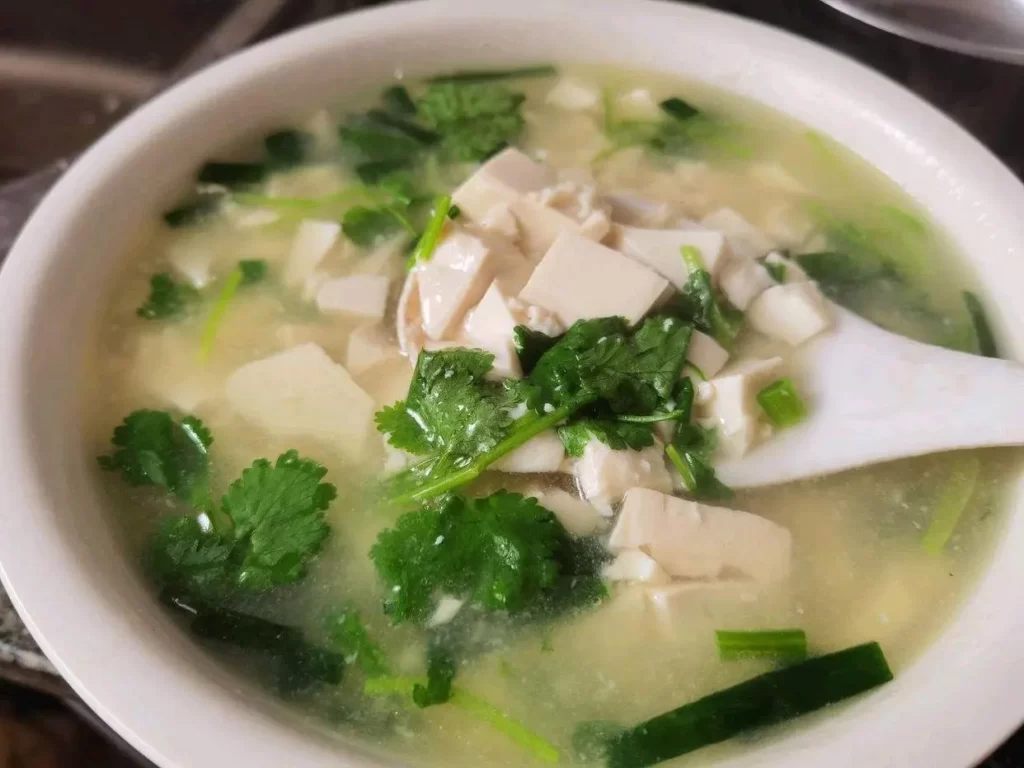


Tofu should be a regular food in daily life. Whether it is stir-frying or stewing soup, tofu is smooth and tender. It is not only delicious, but also has very high nutritional value.
However, some people think that tofu contains a lot of protein. If it cannot be digested and absorbed in time after entering the human body, it will be converted into fat, resulting in increased blood lipids. In fact, there is no scientific basis for such a statement.
There is not much fat in tofu, mainly vegetable protein. After eating tofu, patients with high blood lipids will not cause rapid rise and fluctuation of blood lipids in a short period of time.
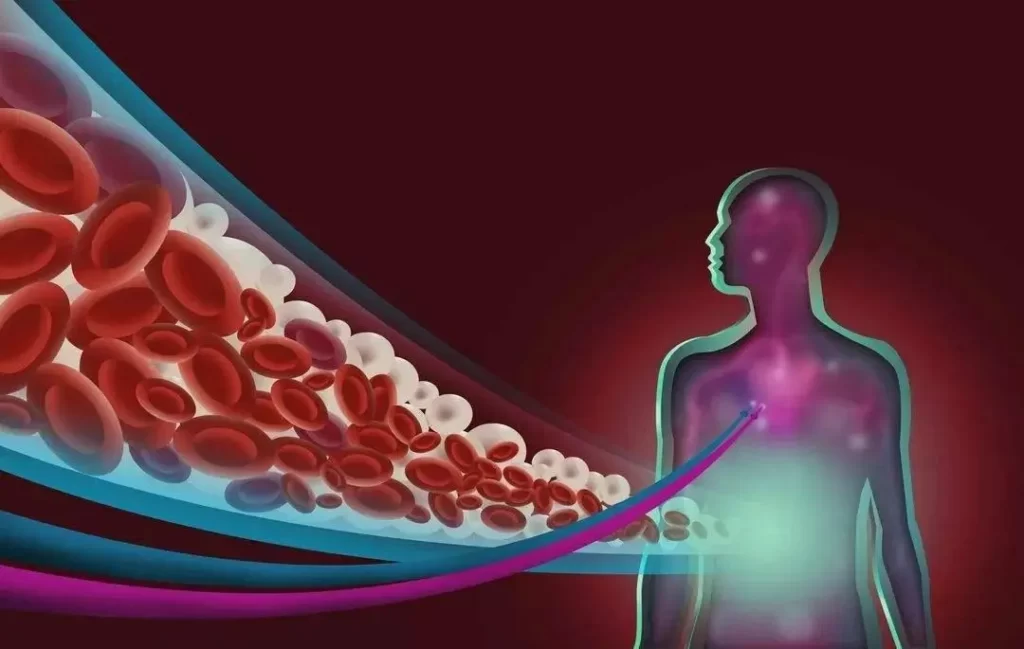


Of course, patients with hyperlipidemia must pay attention to the cooking method when eating tofu. It is best not to eat fried tofu. You can choose the form of steaming or making soup, which will not bring too much calorie income to the patient.
In addition, patients with hyperlipidemia should also pay attention to nutritional balance. In addition to tofu, they should also eat more lean meat to supplement animal protein, so as to keep the amino acids in the human body in a balanced state.
Doctor: 5 kinds of lipid-lowering foods are often eaten, and blood lipids or “secretly” drop
1. Hawthorn
Hawthorn has a sweet and sour taste, and has a good effect on digestion and stomach. However, according to research, hawthorn also has the effect of promoting blood circulation and removing blood stasis.
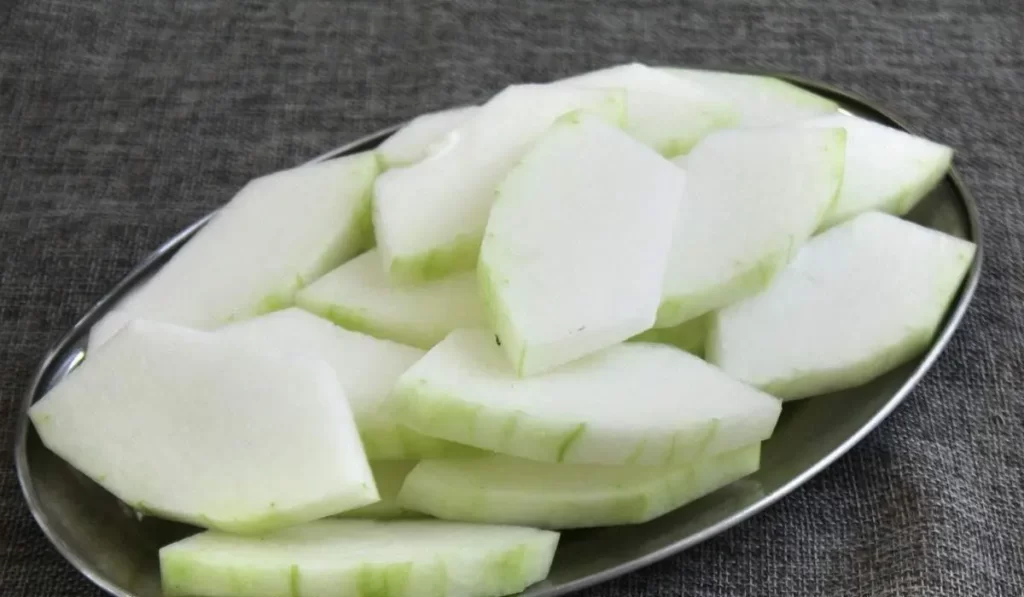


Modern medicine has also confirmed that hawthorn extract can reduce cholesterol and lipids in the blood of rabbits suffering from atherosclerosis, and increase the ratio of lecithin. Therefore, patients with high blood lipids can eat hawthorn in moderation.
2. Onion
Onions contain a lot of plant cellulose, which can promote gastrointestinal motility and help to expel toxins and garbage in the human body, and onions are one of the very few vegetables that contain prostaglandin A.
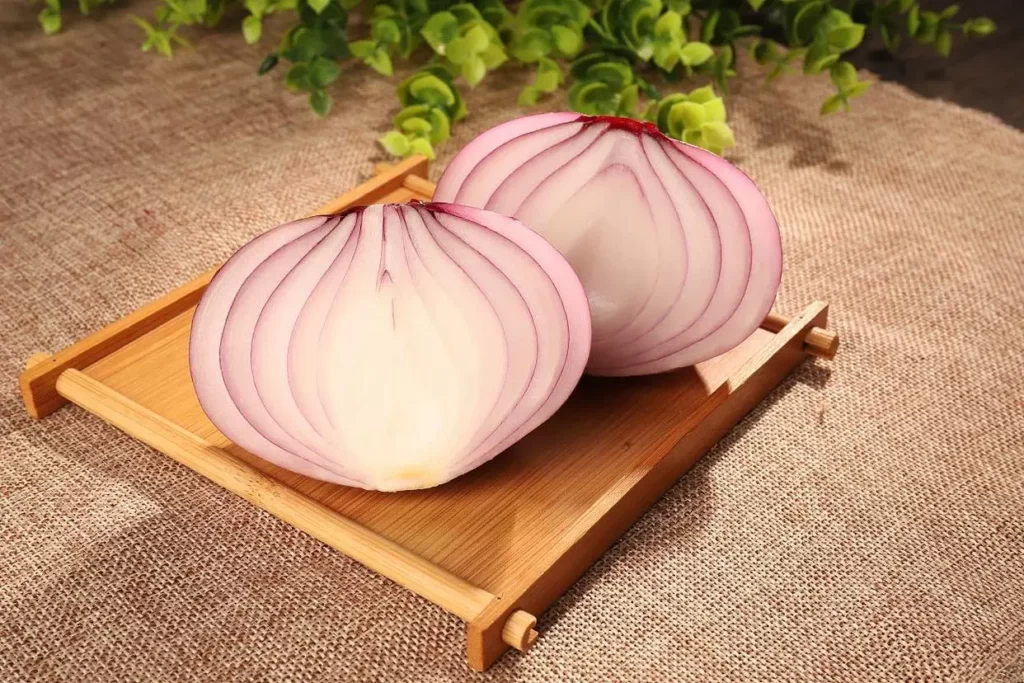


Prostaglandin A is a strong vasodilator, which can soften blood vessels, reduce blood viscosity, increase coronary blood flow, and promote the excretion of sodium salts and other substances that cause blood pressure to rise. Therefore, it can not only regulate blood lipids, but also reduce blood pressure. pressure and thrombosis prevention.
3. Winter melon
Winter melon is one of our common vegetables, which can be used in soups, stews, and porridge.
Eating some wax gourd in moderation at ordinary times can effectively inhibit the conversion of sugar into fat in the body, promote digestion, and avoid fat accumulation. People with relatively high blood lipids can eat wax gourd often.
4. Apple
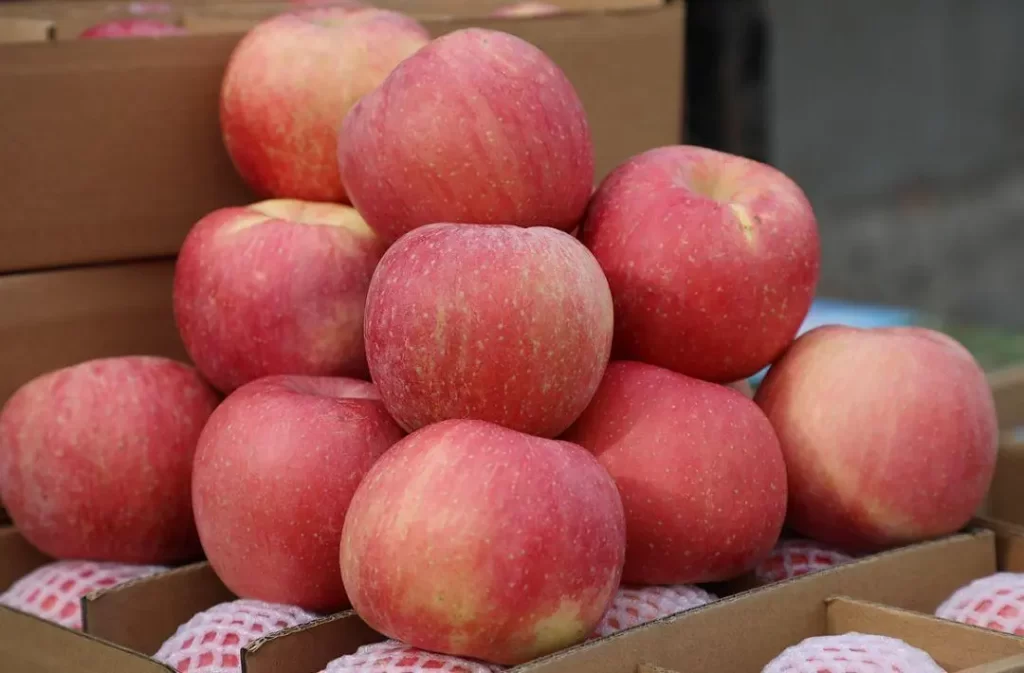


Because apples contain a lot of tannic acid, this ingredient has a very obvious effect on reducing blood lipids. It can also protect blood vessels.
In addition, apples contain fruit acid, pectin can be combined with bile to absorb excess fat in the body, and apples are also rich in potassium, which can promote the excretion of excess sodium from the body. Thereby reducing blood lipids.
5. Corn
Because corn is rich in plant fiber, these plant fibers can promote intestinal peristalsis, promote defecation, and have an auxiliary effect on improving blood lipids. Corn silk can also help improve lipid metabolism.



But it should be noted that corn contains certain fats and carbohydrates. Excessive intake of fats and carbohydrates will affect the level of blood lipids, so people with high blood lipids should eat corn appropriately, but if they eat too much, they will Elevated blood lipid levels.
Read more updates about health on www.watchhindi.in



Hello, I am Sujeet, I am the content writer here. I write about entertainment and the latest news updates. I am a specialist in Entertainment content like movies, web series, drama series and more with experience over 5 years.







